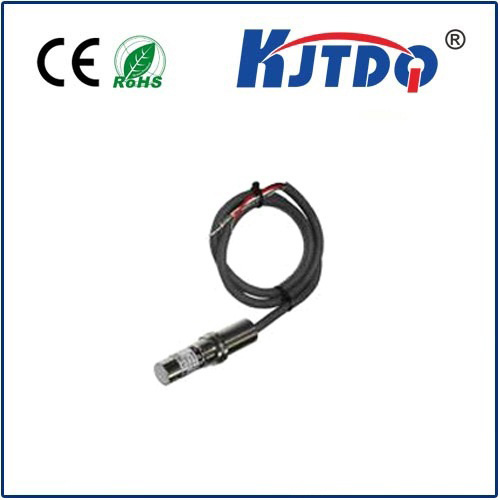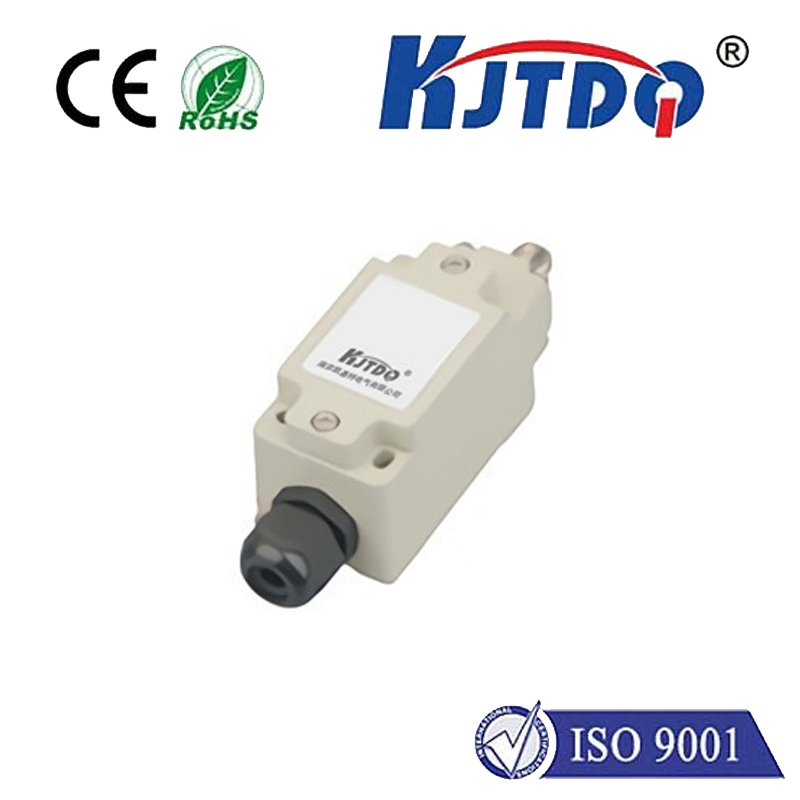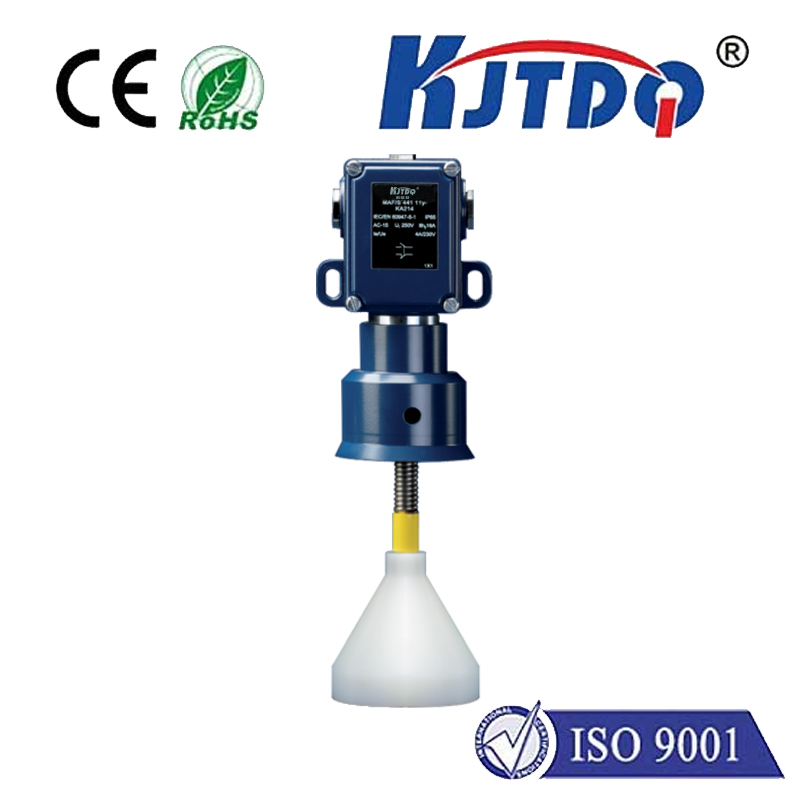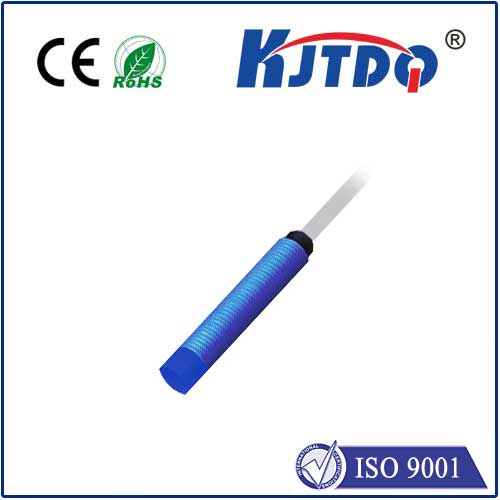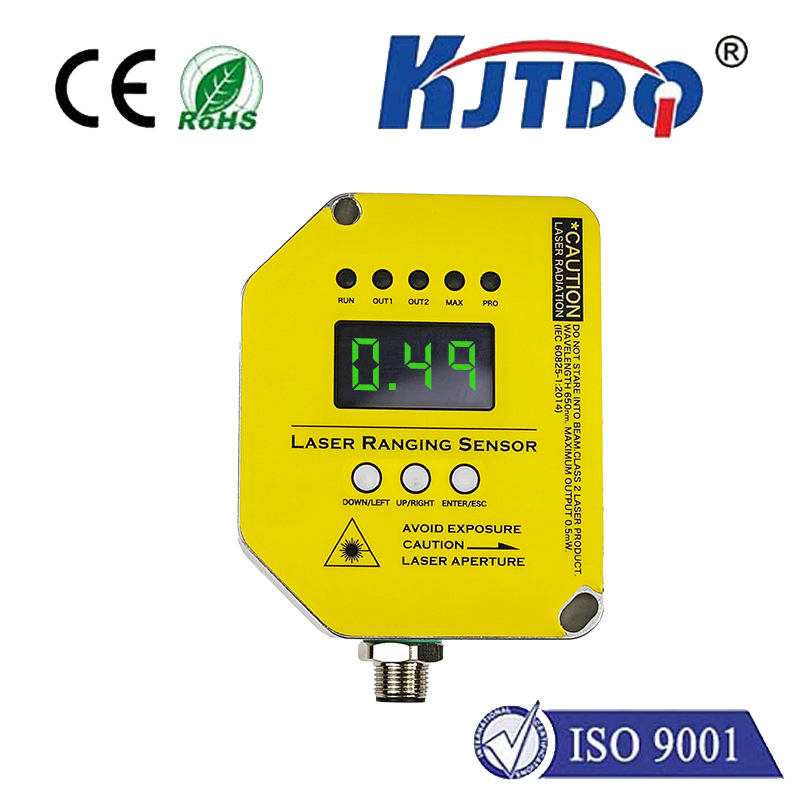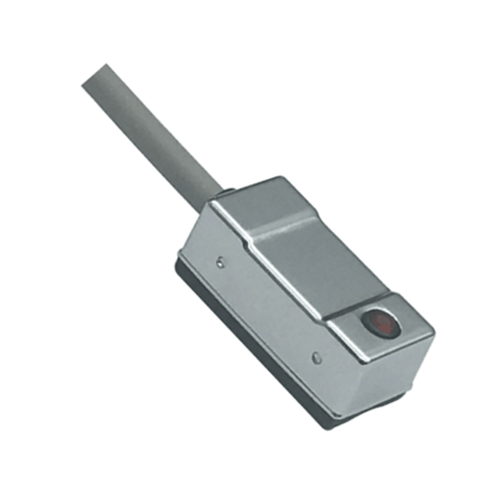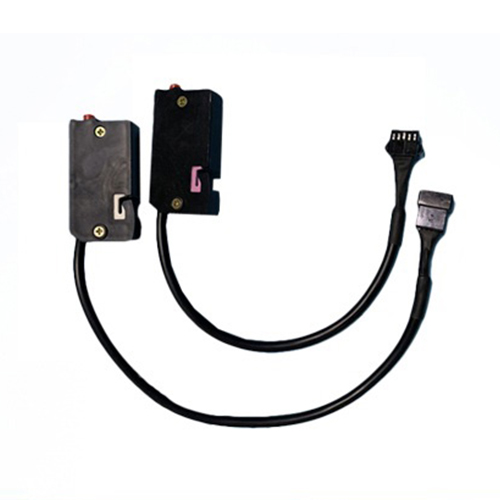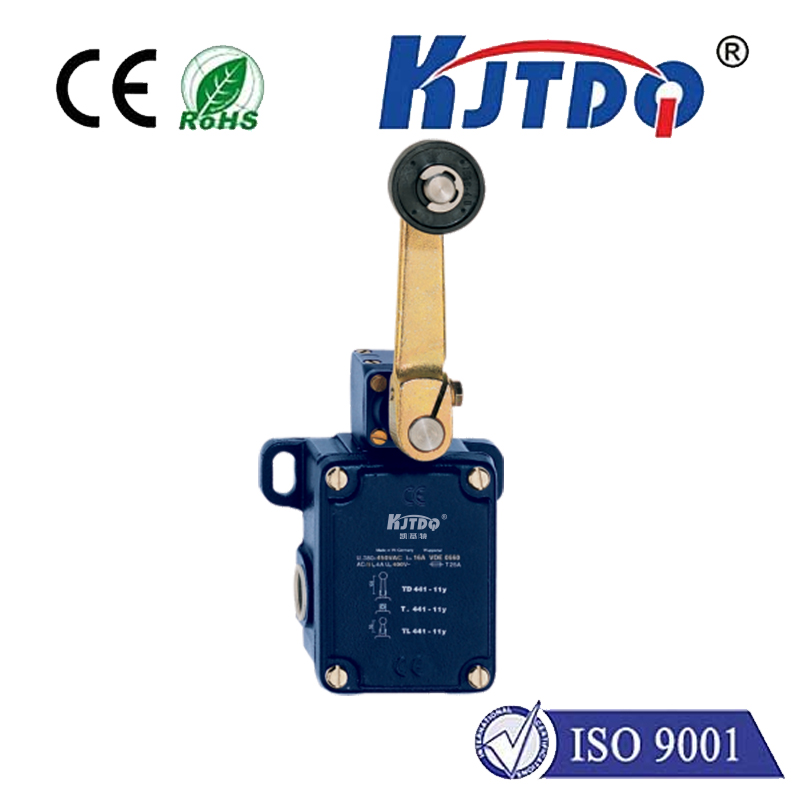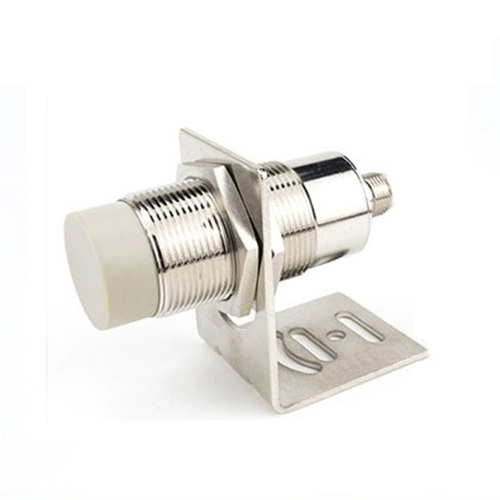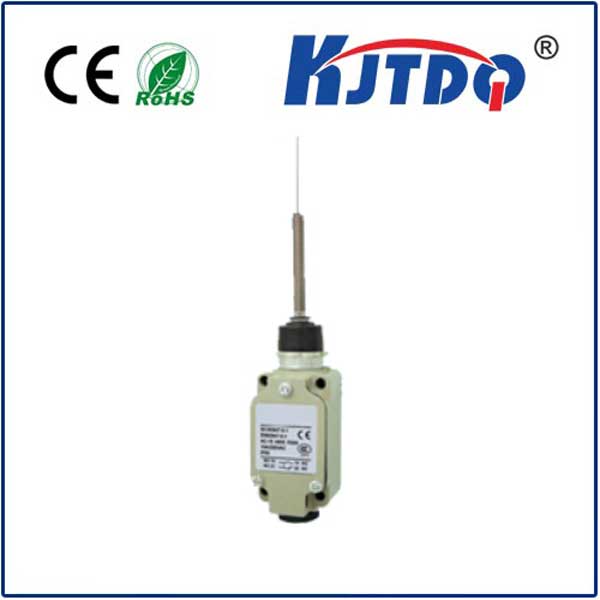E2E-X7D1-N-Z 2M *1 proximity sensor
- time:2025-09-22 11:00:56
- Click:0
Unlock Precision Detection: Why the Omron E2E-X7D1-N-Z 2M Proximity Sensor is Your Automation Ally
Imagine a world where machines operate with seamless precision, detecting objects reliably without physical contact – preventing costly misalignments, jams, and downtime. In the intricate dance of modern automation, that silent sentinel ensuring position, presence, and process integrity is often a proximity sensor. And when the task demands unwavering accuracy in demanding industrial environments, the Omron E2E-X7D1-N-Z 2M model emerges as a particularly compelling choice. This M18 cylindrical sensor represents a blend of robust engineering and specific functionality designed for countless detection tasks across factory floors and machinery.
Decoding the Identifier: What’s in a Name?
Understanding the product code “E2E-X7D1-N-Z 2M *1” reveals its core specifications:
- E2E: Indicates Omron’s standard inductive proximity sensor series.
- X7D1: Specifies the specific model variant. Crucially, this often signifies:
- Cylindrical shape (typically M18 size).
- Flush-mountable design.
- Shielded sensing face (allowing installation flush with metal).
- 2-wire configuration (simplifying wiring).
- N: Denotes the output type as NPN (sinking).
- Z: Often indicates specific characteristics like the output logic (e.g., normally closed or open - requires confirmation per datasheet, but “Z” frequently signifies Normally Open).
- 2M: Specifies the cable length is 2 meters.
- *1: Simply means one unit.
Therefore, the Omron E2E-X7D1-N-Z is fundamentally an M18 inductive proximity sensor featuring a flush-mountable, shielded design, NPN output, likely Normally Open (NO) logic, and comes with a factory-attached 2-meter cable.

Core Technology: The Power of Inductive Sensing
At its heart, this sensor relies on inductive technology. It generates a high-frequency electromagnetic field from its sensing face. When a metallic target enters this field, it induces small eddy currents within the metal. These currents cause a detectable energy loss within the sensor’s internal oscillator circuit. The sensor’s electronics monitor this loss and trigger a change in its NPN output transistor – switching it “ON” or “OFF” based on target presence (or absence). This non-contact detection is ideal for sensing ferrous metals (like steel or iron) and often non-ferrous metals (aluminum, brass, copper), though with potentially reduced sensing distances.
Why the E2E-X7D1-N-Z Stands Out: Key Features & Advantages
- Flush-Mountable Shielded Design: This is arguably its defining advantage. Unlike unshielded sensors, the E2E-X7D1-N-Z can be installed directly flush with surrounding metal mounting surfaces without disrupting its sensing field. This eliminates the need for precise stand-off distances, simplifies physical mounting, and protects the sensor face from side impacts or debris accumulation. Its immunity to adjacent metal makes it perfect for confined spaces or mounting directly into metallic brackets and machine frames.
- 2-Wire Simplicity: Integrating this sensor is exceptionally straightforward. The 2-wire design operates simply by connecting it in series with the load and the power supply (typically 10-30V DC). This significantly reduces wiring complexity and costs compared to 3-wire sensors, making replacements and installations quicker.
- Robust Construction: Built to endure the rigors of industrial settings, the E2E-X7D1-N-Z boasts an impressive IP67 protection rating (IEC standard). This signifies complete protection against dust ingress and protection against the effects of temporary immersion in water (up to 1m depth for 30 minutes). It can withstand vibration, shock, and exposure to standard industrial coolants and cutting fluids.
- Reliable NPN Output: The NPN output configuration is widely compatible with common PLCs and control systems inputs designed for sinking (negative switching) logic. The likely Normally Open (NO) configuration means the output transistor is “OFF” (open) when no target is present and switches “ON” (closes, sinking current to 0V) when a target enters the sensing range. This is the most common logic for presence detection.
- Optimized Sensing Range: As an M18 sensor, its sensing range is well-suited for a vast array of applications. While slightly shorter than some unshielded M18 sensors, the trade-off for superior flush-mounting capability and interference immunity is well worth it for most uses. Consult the datasheet for the exact rated sensing distance for different metals.
- Factory-Fitted 2M Cable: The pre-attached 2-meter cable provides immediate connectivity and eliminates the need for separate cable glanding during installation. This length offers significant flexibility for routing within machine panels or to nearby control points.
Where Does the E2E-X7D1-N-Z Shine? Applications Galore
The combination of its features makes this Omron proximity sensor incredibly versatile:
- Position Verification: Confirming cylinders are retracted/extended, slides are in home position, clamps are closed/open.
- Object Presence Detection: Counting metal parts on conveyors, verifying component placement in fixtures, detecting presence in chutes or feeders.
- End-of-Travel Sensing: Detecting limits on linear slides, rotary tables, or conveyor stops.
- Level Control: Detecting metal plates or floats within tanks (suitable for the environment).
- Machine Safety: Used as part of interlock systems to confirm guards are in place (though not primary safety devices).
- Automotive Assembly: Countless point-of-assembly verification tasks on engines, chassis, and interior components.
- Packaging Machinery: Tracking metal parts, detecting filled containers (if metal), position control of actuators.
- Material Handling: Monitoring pallet positions, gate/door status in automated warehouses.
The Tangible Benefits: More Than Just Detection
Choosing the Omron E2E-X7D1-N-Z delivers concrete advantages:
- Enhanced Reliability: Consistent, wear-free operation drastically reduces unexpected downtime caused by mechanical switch failures.
- Reduced Maintenance: The sealed, rugged design requires minimal upkeep compared to mechanical switches exposed to dust, moisture, or impact.
- Simplified Installation & Integration: Flush mounting capability and 2-wire wiring dramatically speed up commissioning and reduce installation complexity and errors.
- Increased Machine Uptime: Reliable detection prevents jams, miscycles, and part damage, maximizing production throughput.
- Cost Efficiency: Long operational life, low maintenance, and simple integration translate to a lower total cost of ownership.
- Space Savings: The compact M18 size fits easily into dense machine assemblies.
Installation & Integration Essentials
Integrating the E2E-X7D1-N-Z is straightforward:
- Mounting: Securely mount the sensor flush with its surrounding metallic surface using its M18 mounting thread. Ensure no gap exists between the sensor face and the mount.
- Wiring: Connect the 2-wire cable in series with your DC load (e.g., PLC input module, relay coil) and the power supply (10-30V DC). Polarity typically matters; the brown wire is usually positive (+), and the blue wire is negative/load (-). *Always refer to the official Omron datasheet and markings on the






